Inspired by the era that witnessed the blossoming of numerous Zen-inspired arts —including ikebana flower arrangement, chanoyu tea ceremony, kōdō incense ceremony, Noh theatre, renga poetry, sumi-e ink painting, architectural and garden design — under the patronage of Shogun Ashikaga Yoshimasa in the late 15th century, Dōjin Arts aims to bring together experts in a wide range of different fields of Japanese arts to highlight the points of connection and commonality among the various traditional arts, offering audience members and workshop participants a deeper understanding of the broader aesthetics, history, and cultural values that bring us together.
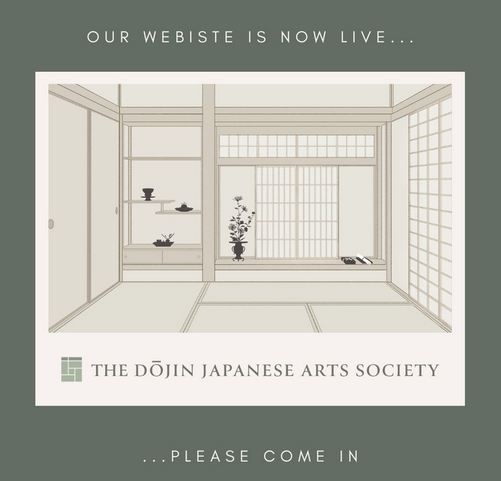
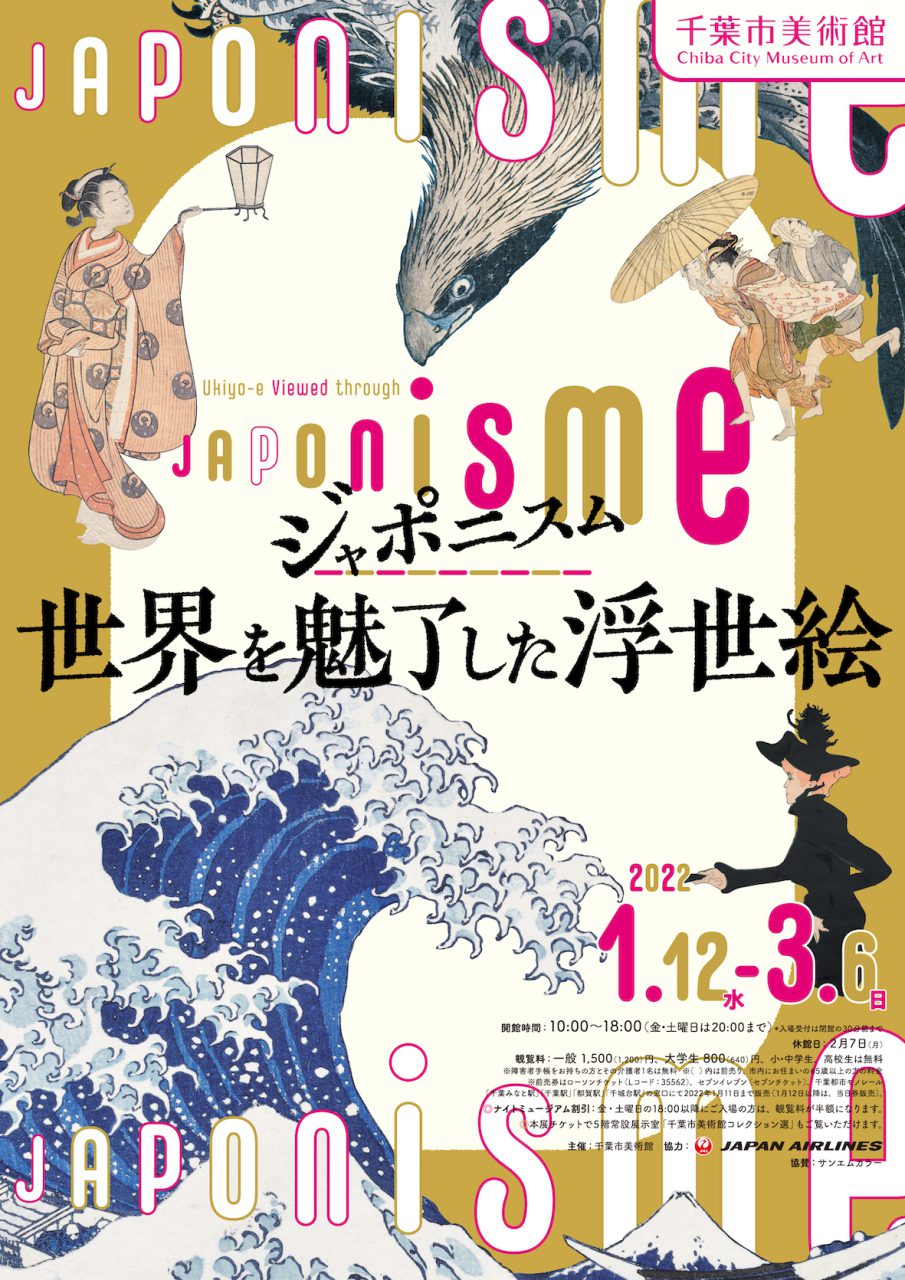
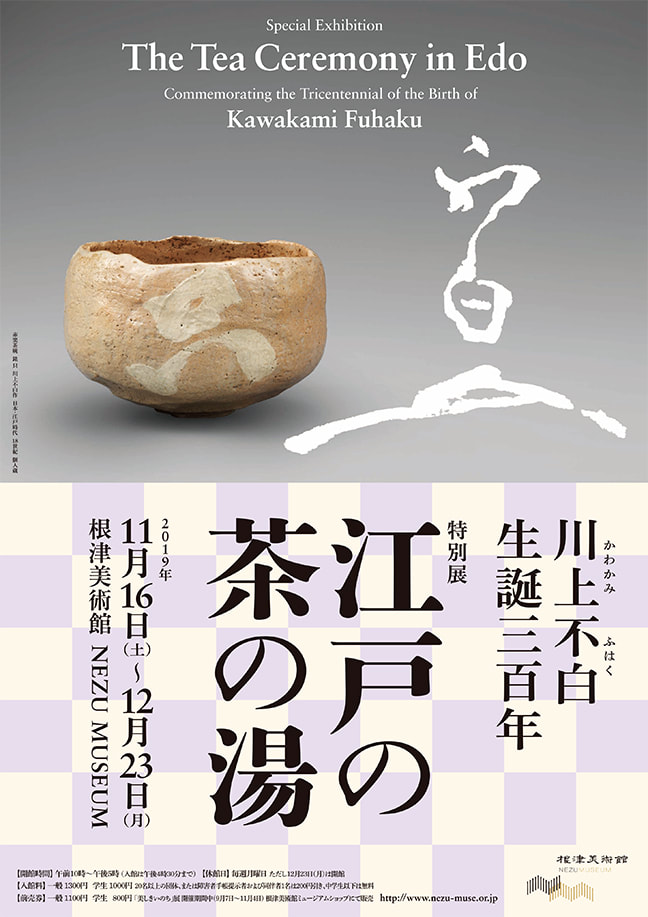

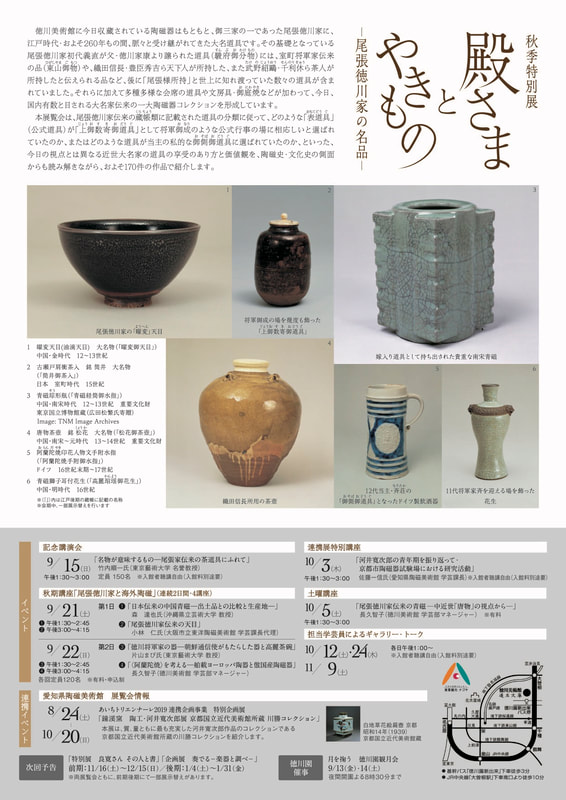
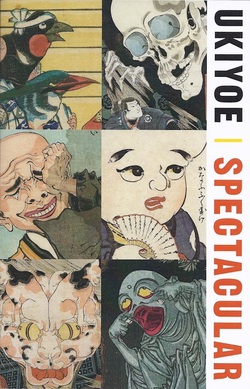
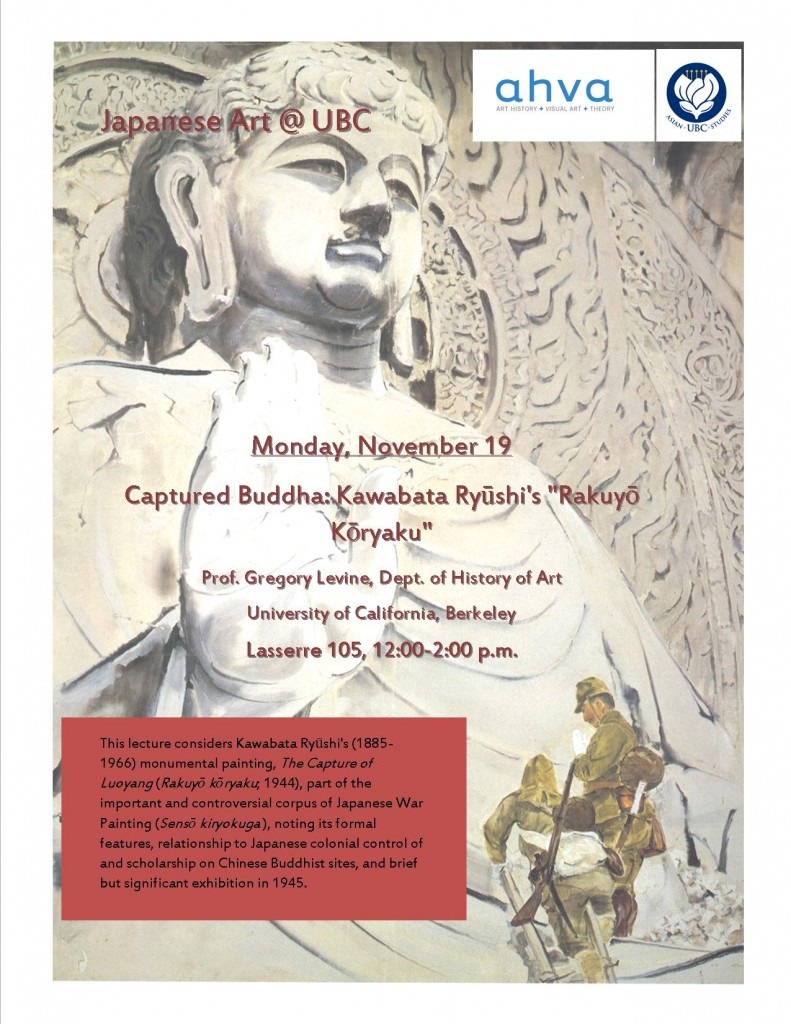
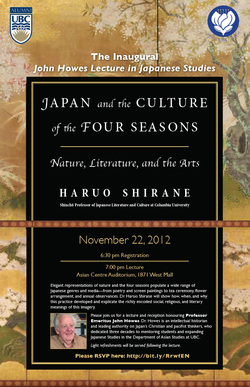
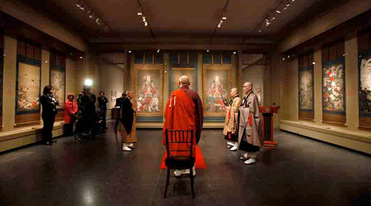
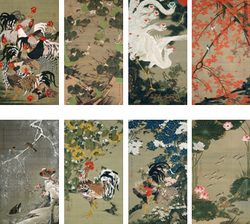
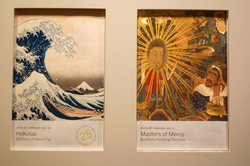
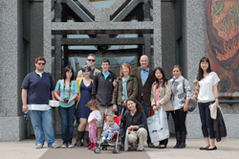
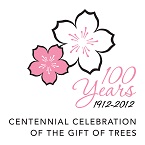
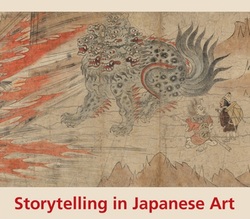
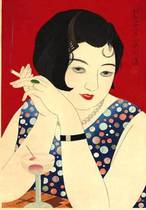
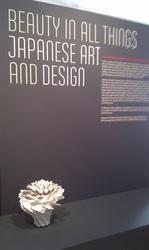
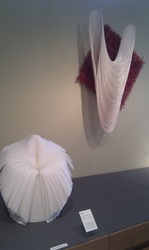
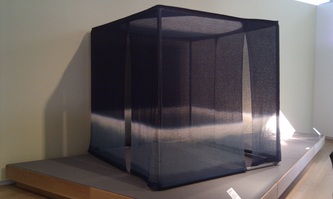
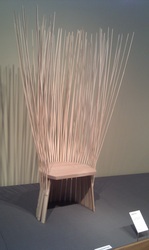
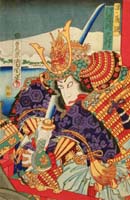
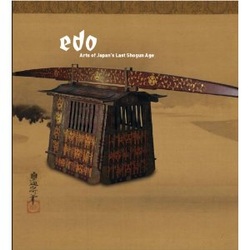
 RSS Feed
RSS Feed
